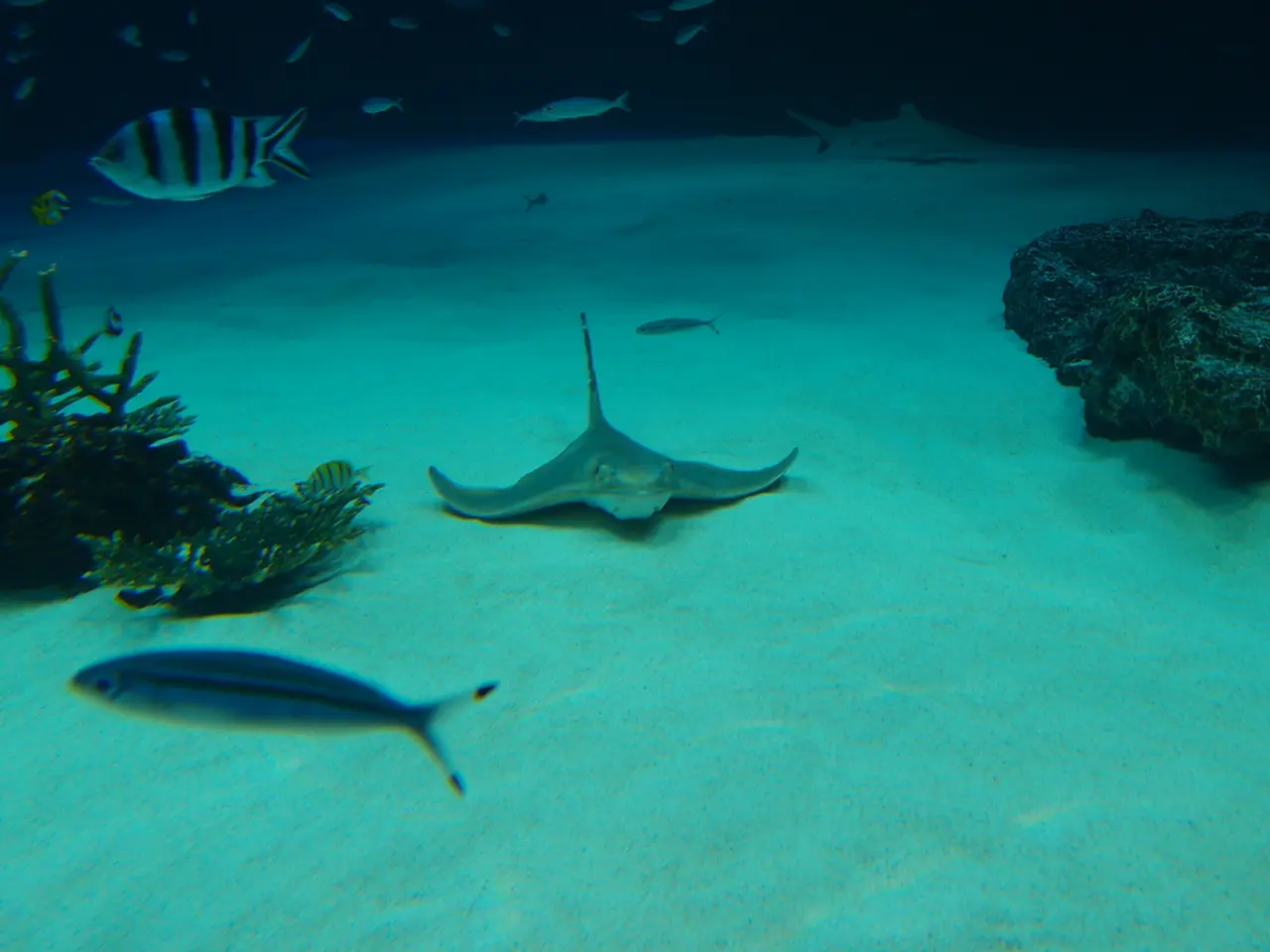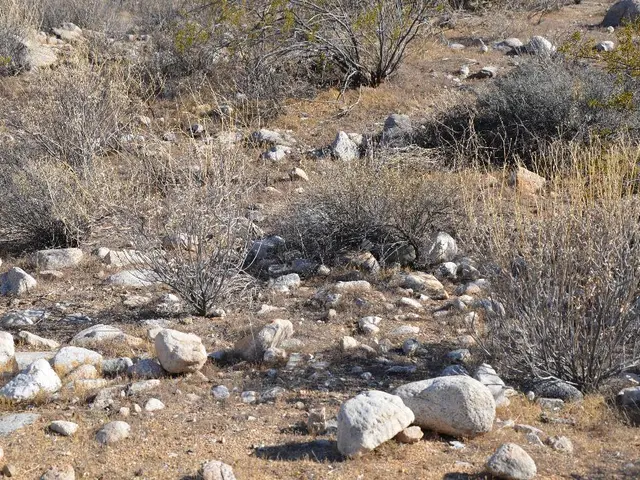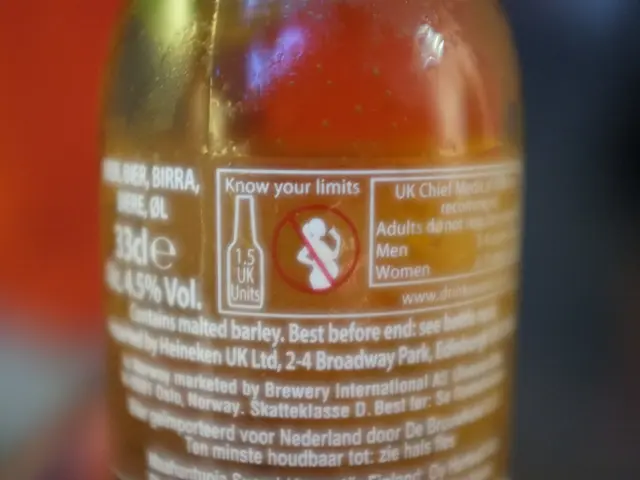EU's Environmental Policy: Enforcement, Management, and Intermediation
The EU's environmental policy combines traditional enforcement with capacity building and collaborative networks. Recent cases and global trends highlight the effectiveness of management approaches and intermediation by courts and committees.
Both enforcement and management work, but under specific conditions. Bhutan's hazardous waste reporting case illustrates this. The Basel Convention Implementation Committee intermediated, leading to compliance.
Courts also play a crucial role. Countries like Colombia and India have established specialized environmental courts. These expedite environmental case processing and ensure compliance through binding judgments and sanctions. Japan's 'Whaling in the Antarctic' case shows enforcement's power and limits. Strong international pressure led to immediate adaptation, but potential system exit loomed if legitimacy was questioned.
The Southern Bluefin Tuna case demonstrates how provisional measures can create negotiation space and lead to extra-judicial agreements.
Three policy recommendations emerge: build hybrid environmental implementation mechanisms, legitimise international environmental institutions, and embrace intermediation in courts and committees. These approaches change and improve implementation over time, facilitating negotiations and building bridges between conflicting interests.
Read also:
- Deadly addiction: strategies for smoking cessation to live longer
- Magnesium-Rich Beverages: Origins, Advantages, and Potential Hazards
- Chinese Rare-Earth Mining Endangers the Mekong River's Integrity
- Deteriorating munitions are submerged in the Baltic Sea, and Germany aims to retrieve them before it's too late.







